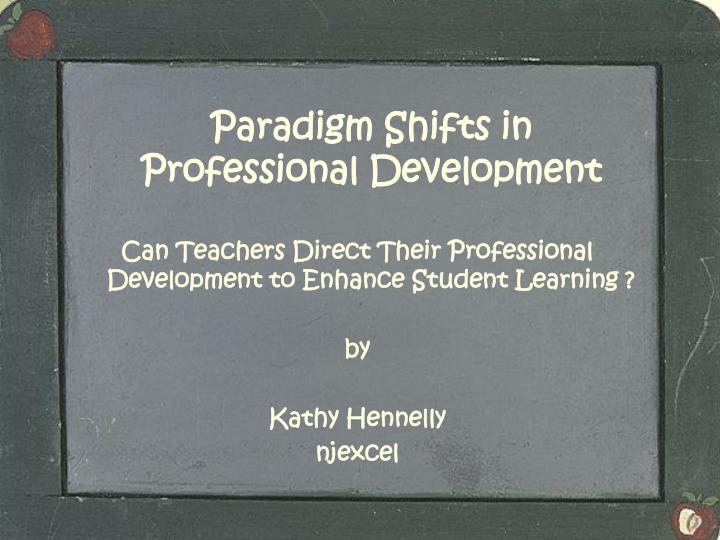

A/B testing and experimentation don’t go away in a personalized world - they help marketers find the optimal experience for each segment or individual, rather than a mass audience.The integration paradigm transcends assimilation and differentiation-promoting equal opportunity and valuing cultural differences.

The focus of traditional A/B testing is on finding the best experience for everyone, but marketers have moved from focusing on one-size-fits-all experiences to individualized communication. These days, testing is evolving even further, blending into personalized marketing. They know there is always a way to improve, so they are always iterating on their successes. And unlike the ad men in Mad Men, most successful marketers in the modern era are never satisfied that they have everything figured out. This is also called “optimization.” If your team can’t decide between two different website homepage designs, you simply set up an A/B test to tell you for sure which one produces the best results. Today, marketing has a heavy focus on testing and measuring to find the best approach. But there was no way to know for sure if another approach would have produced better results, because there were no good ways to measure results or test different approaches. or they went with their “gut.” Then, they might have been able to roughly measure the results at a later time to conclude if the decision paid off.
#Paradigm shift in business how to
When those marketers had to decide how to allocate their budgets or which creative to select for an ad, how did they choose? They likely relied on something that worked in the past or made a decision based on what an executive wanted. Think back to the so-called “golden age of advertising” - the 1960s–1970s setting of Mad Men, for example. Marketers are finally able to speak to their customers and prospects as the unique individuals they are - they no longer need to “shout at them in groups.” This is a hugely exciting paradigm shift for marketers and consumers alike. By learning about us as we use their services, today’s businesses can deliver relevant and engaging digital experiences.īeyond these common examples of digital personalization, there are also many more subtle ways marketers are delivering relevant experiences today across websites, mobile apps, email campaigns, online chat, and digital ads - along with in-person channels like stores or branch locations. E-commerce sites do the same, and help us make shopping online quick and efficient. Netflix and Spotify recommend what we should watch and listen to based on our preferences. Now, over two decades later, the technology finally exists to deliver individualized experiences. Each online experience was the same, just as it was for a television or print ad.

published the landmark book The One to One Future, in which they predicted that “using new media of the one-to-one future, you will be able to communicate directly with consumers, individually, rather than shouting at them, in groups.” Unfortunately, technology didn’t allow for this quite yet. In the early 1990s, Don Peppers and Martha Rogers, Ph.D. When the internet arrived, a new dream of individualized marketing came with it.
#Paradigm shift in business tv
To achieve this, the mass marketers of the past successfully employed such tactics as TV ads, print ads, and billboards. Historically, marketing was all about reaching the largest audience possible with the same experience.


 0 kommentar(er)
0 kommentar(er)
